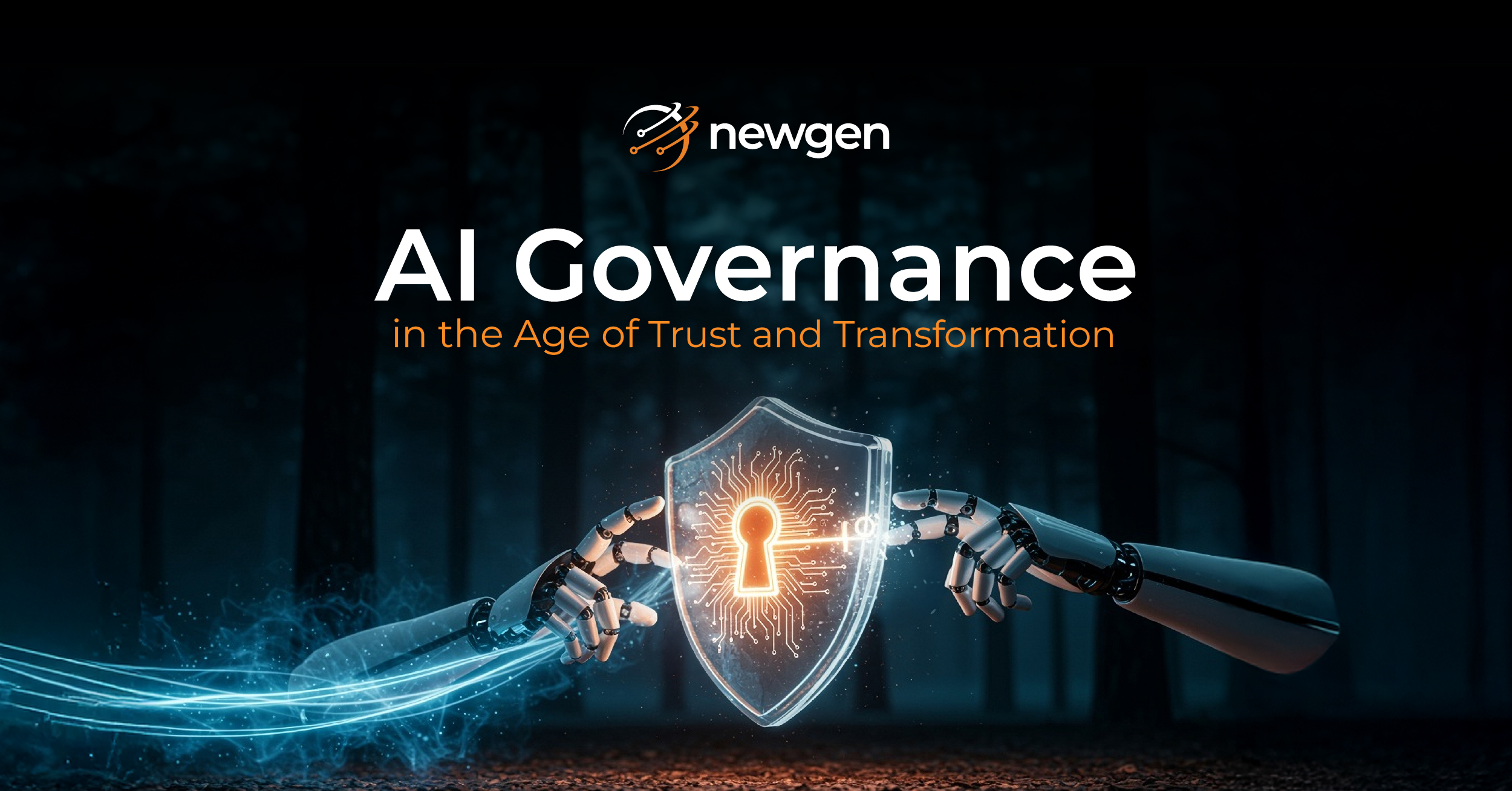Introduction
In today’s rapidly evolving business landscape, organizations are increasingly turning to IT transformation, digital transformation, and end-to-end automation to stay competitive and drive innovation. These terms are often used interchangeably, but they represent distinct concepts and strategies. In this article, we will unravel the differences between IT transformation, digital transformation, and end-to-end automation, helping businesses navigate their digital journey effectively.
1. IT Transformation
IT transformation focuses on revamping an organization’s technological infrastructure and services to improve efficiency, reduce operational costs, and enhance the overall IT capabilities. It’s often a prerequisite for achieving digital transformation, but it is not the same.
Scope:
- IT Infrastructure: IT transformation is primarily concerned with upgrading hardware, networks, and software systems. This includes modernizing data centers, improving server farms, and migrating to cloud-based solutions.
- Operational Efficiency: Streamlining IT operations is a key component of IT transformation. This may involve adopting DevOps practices, optimizing ITIL processes, and improving system monitoring and management.
Goals:
- Cost Reduction: One of the main objectives of IT transformation is to cut down on operational expenses by making processes more efficient and reducing the total cost of ownership.
- Reliability and Scalability: Modernizing IT infrastructure helps ensure that the organization can scale to meet the growing demands of the business.
- Security: Enhancing cybersecurity measures is often part of IT transformation, as outdated systems can be vulnerable to cyber threats.
Examples:
- Core Banking System Upgrade: A bank undergoing IT transformation might replace its legacy core banking system with a modern, cloud-based solution. This not only improves operational efficiency but also allows for better scalability and integration with digital channels.
- Network and Data Centre Modernization: Upgrading network infrastructure and data centers to enhance performance, reduce downtime, and ensure data security. This transformation can lead to faster transaction processing and improved customer service.
2. Digital Transformation
Digital transformation, on the other hand, is a broader, organization-wide endeavour that leverages technology to fundamentally change how a business operates, delivers value to customers, and remains competitive in a digital age.
Scope:
- Customer-Centric: Digital transformation places a strong emphasis on improving customer experiences, often through digital channels, such as mobile apps and websites.
- Business Processes: It involves reimagining and often reengineering core business processes to be more efficient and aligned with digital trends.
- Cultural Shift: Beyond technology, digital transformation also necessitates a cultural shift, encouraging innovation, agility, and adaptability across the organization.
Goals:
- Innovation: Foster innovation and develop new business models to create value and gain a competitive edge.
- Customer Satisfaction: Improve customer engagement and satisfaction through personalized digital experiences.
- Market Agility: Be adaptable and responsive to changing market dynamics and customer preferences.
Examples:
- Mobile Banking Apps: A bank focusing on digital transformation might develop user-friendly mobile banking apps that enable customers to perform various transactions, check balances, and receive personalized financial advice through their smartphones. This enhances customer experience and accessibility.
- AI-Powered Chatbots: Implementing artificial intelligence-driven chatbots to provide real-time customer support and assistance. These chatbots can help customers with inquiries, account management, and even offer investment advice, improving customer satisfaction.
- Improved Customer Service: An organization may connect its employees in the front office, mid office and back office with customer journeys to ensure a delightful customer experience.
3. End-to-End Automation
End-to-end automation is a strategy that uses technology to streamline and optimize workflows across an organization, often as part of both IT and digital transformations. It typically automates business processes or customer journeys “end to end”, meaning no manual hand-offs between departments or systems.
Scope:
- Process Automation: This involves automating repetitive, rule-based tasks, often involving workflows that span multiple departments or systems.
- Integration: End-to-end automation aims to integrate various systems, applications, and data sources to eliminate silos and ensure a seamless flow of information.
Goals:
- Efficiency: By automating manual tasks, organizations can reduce errors and increase the speed at which work is completed.
- Consistency: Automation ensures that processes are consistently executed, reducing variations and potential errors.
- Scalability: As the organization grows, automated processes can easily scale to handle increased workloads.
Examples:
- Loan Processing Automation: Automating the entire loan origination and approval process, including data collection, credit scoring, and document verification. This reduces the time it takes to approve loans and minimizes the risk of errors.
- Anti-Money Laundering (AML) Compliance: Banks can employ end-to-end automation to monitor transactions in real-time for suspicious activities, generate alerts, and file regulatory reports, ensuring compliance with AML regulations.
Distinguishing the Differences
To summarize, IT transformation, digital transformation, and end-to-end automation are distinct but interconnected concepts with different scopes, goals, and examples. Let’s highlight the key differences:
Scope:
- IT Transformation focuses on modernizing technology infrastructure and improving operational efficiency.
- Digital Transformation encompasses a broader organizational shift, focusing on customer-centricity, business processes, and cultural change.
- End-to-End Automation is about streamlining workflows through process automation and system integration.
Goals:
IT Transformation aims to reduce costs, enhance reliability, and improve security.
- Digital Transformation seeks to foster innovation, improve customer satisfaction, and enhance market agility.
- End-to-End Automation strives for efficiency, consistency, and scalability.
Examples:
- IT Transformation examples include legacy system migration, data centre modernization or even server virtualisation consolidating physical servers into virtual machines to enhance resource utilization and reduce operational costs.
- Digital Transformation examples could range from banks leveraging AI and machine learning to revolutionize credit scoring processes, making them more accurate and efficient while reducing the time it takes to approve loans.
- End-to-End Automation examples could involve Implementing end-to-end automation in customer onboarding processes, where data entry, identity verification, and documentation submission are fully automated, improving the onboarding experience for new customers.
Interconnected Strategies
While these three concepts have unique characteristics, they are often intertwined in practice. IT transformation provides the foundational technology infrastructure required for digital transformation, and end-to-end automation can be a crucial enabler for both IT and digital transformation efforts. Therefore, organizations often find themselves pursuing all three strategies in tandem to create a seamless and efficient digital ecosystem.
Conclusion
In the ever-evolving digital landscape, it’s essential for organizations to understand the distinctions between IT transformation, digital transformation, and end-to-end automation. By recognizing the unique scopes, goals, and examples associated with each concept, businesses can develop a more coherent strategy for their digital journey. Whether it’s modernizing IT infrastructure, embracing digital innovation, or automating processes, these strategies work in synergy to drive organizational success in the digital age.
You might be interested in





